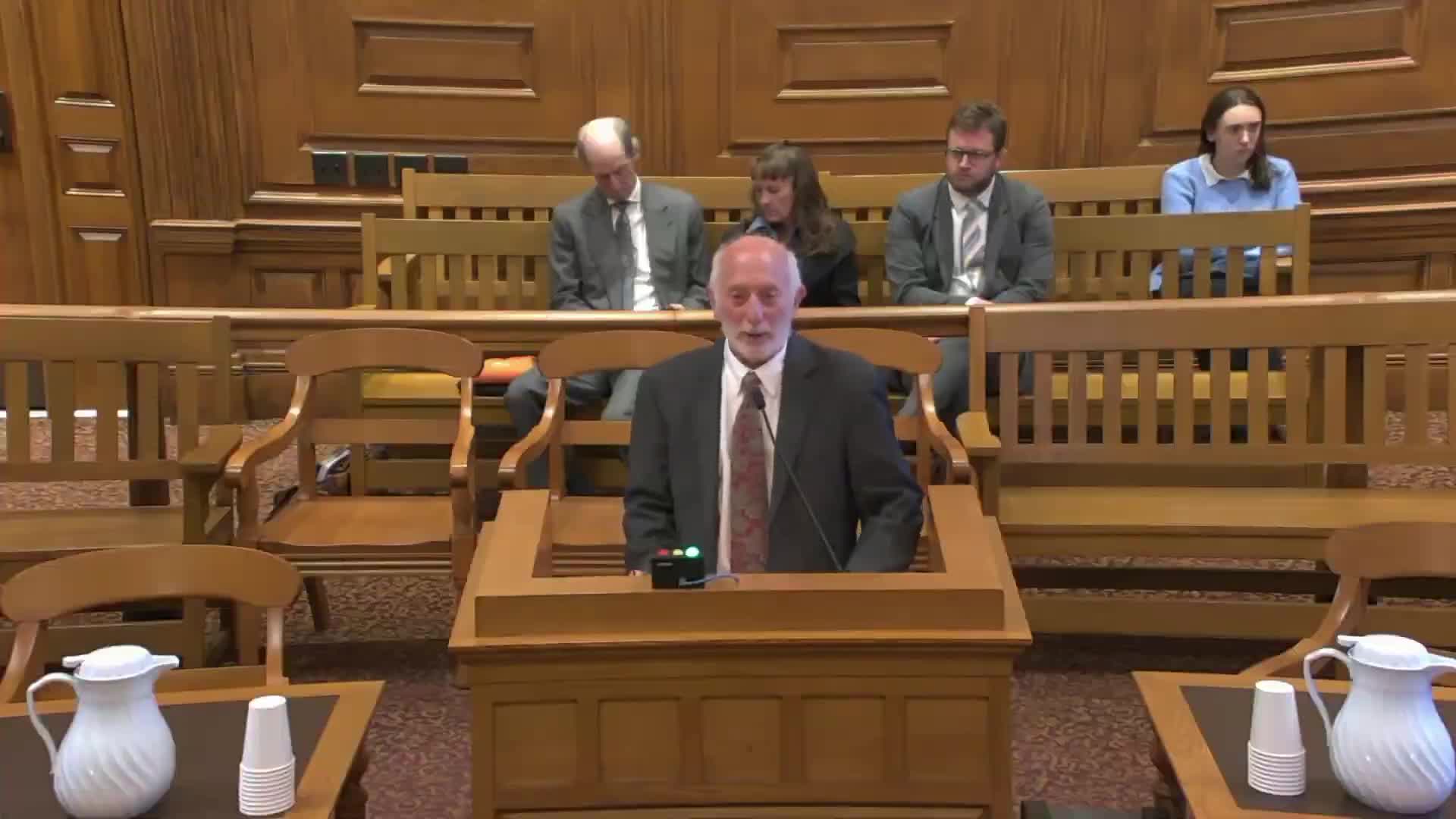Court Weighs Evidence in Architect Fee Dispute Between Carrollton Pet Hospital and RFA
October 04, 2025 | Judicial - Appeals Court Oral Arguments, Judicial, Massachusetts
This article was created by AI summarizing key points discussed. AI makes mistakes, so for full details and context, please refer to the video of the full meeting. Please report any errors so we can fix them. Report an error »

In a recent session of the Massachusetts Appeals Court, critical discussions unfolded regarding the fairness of a trial involving the admissibility of evidence that could significantly impact the outcome for the appellant. The case, which centers on the appellant's claim of an unfair trial, highlights two main issues: the exclusion of a written release plan and the admission of projected rates of reoffending.
The appellant's attorney argued that the exclusion of the written release plan created an imbalance in the evidence presented to the jury. This plan, which outlines the resources available to the appellant upon release, was deemed essential for the jury's understanding of whether the appellant posed a danger to the public. The attorney contended that the qualified examiner's reports referenced the release plan negatively, which could mislead the jury without the plan's context. The argument emphasized that if the plan had been admitted, it could have provided a clearer picture of the appellant's readiness for reintegration into society.
In response, the Commonwealth's attorney maintained that the trial judge acted within discretion by allowing the social worker to testify about the plan's substance while excluding the written document itself, which was considered hearsay. The attorney argued that the jury was still able to assess the resources available to the appellant, thus preserving the integrity of the evidence presented.
The second major point of contention involved the admission of 20-year projected rates of reoffending. The appellant's counsel argued that these statistics, which lack a solid foundation in observed data, could mislead the jury regarding the likelihood of reoffending. The concern was that such projections, particularly for an older individual, could unfairly prejudice the jury's perception of the appellant's risk.
The Commonwealth's attorney countered that these projections were relevant and provided a necessary context for understanding recidivism rates among similar offenders. However, the court raised concerns about the applicability of these statistics to the appellant's specific situation, given his age and the diminishing likelihood of reoffending as individuals grow older.
As the court deliberates on these issues, the implications for the appellant and the broader legal standards regarding evidence admissibility remain significant. The outcome could influence future cases, particularly those involving the balance of evidence in trials concerning public safety and individual rights. The court's decision will not only affect the appellant's future but also set a precedent for how similar cases are handled in Massachusetts.
The appellant's attorney argued that the exclusion of the written release plan created an imbalance in the evidence presented to the jury. This plan, which outlines the resources available to the appellant upon release, was deemed essential for the jury's understanding of whether the appellant posed a danger to the public. The attorney contended that the qualified examiner's reports referenced the release plan negatively, which could mislead the jury without the plan's context. The argument emphasized that if the plan had been admitted, it could have provided a clearer picture of the appellant's readiness for reintegration into society.
In response, the Commonwealth's attorney maintained that the trial judge acted within discretion by allowing the social worker to testify about the plan's substance while excluding the written document itself, which was considered hearsay. The attorney argued that the jury was still able to assess the resources available to the appellant, thus preserving the integrity of the evidence presented.
The second major point of contention involved the admission of 20-year projected rates of reoffending. The appellant's counsel argued that these statistics, which lack a solid foundation in observed data, could mislead the jury regarding the likelihood of reoffending. The concern was that such projections, particularly for an older individual, could unfairly prejudice the jury's perception of the appellant's risk.
The Commonwealth's attorney countered that these projections were relevant and provided a necessary context for understanding recidivism rates among similar offenders. However, the court raised concerns about the applicability of these statistics to the appellant's specific situation, given his age and the diminishing likelihood of reoffending as individuals grow older.
As the court deliberates on these issues, the implications for the appellant and the broader legal standards regarding evidence admissibility remain significant. The outcome could influence future cases, particularly those involving the balance of evidence in trials concerning public safety and individual rights. The court's decision will not only affect the appellant's future but also set a precedent for how similar cases are handled in Massachusetts.
View full meeting
This article is based on a recent meeting—watch the full video and explore the complete transcript for deeper insights into the discussion.
View full meeting
